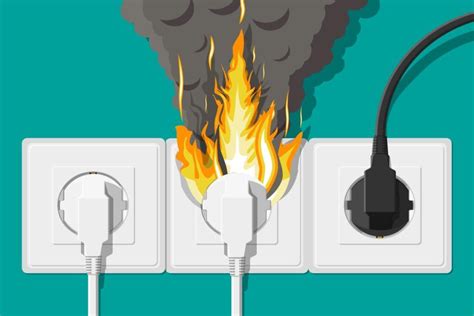Prevent Power Surges: Correct Voltage Regulator Connection
Power surges are a common and often unseen threat to our electronics. They can range from minor fluctuations to devastating spikes that fry sensitive components. While a comprehensive surge protection strategy involves multiple layers, correctly connecting a voltage regulator is a crucial first step in safeguarding your equipment. This article delves into the specifics of connecting a voltage regulator to prevent power surges and protect your valuable devices. We’ll cover various aspects, answering frequently asked questions to ensure you have a thorough understanding.
What is a Voltage Regulator and How Does it Protect Against Power Surges?
A voltage regulator is an electronic device designed to maintain a constant output voltage despite variations in the input voltage. Think of it as a buffer against fluctuations in the power supply. While it doesn't entirely eliminate the risk of power surges (for that, you'd need a surge protector), it significantly mitigates the impact of minor voltage spikes and dips. It achieves this by regulating the voltage to a pre-set level, preventing potentially damaging over-voltage from reaching your connected devices. This is particularly useful for sensitive electronics like computers, audio-visual equipment, and medical devices.
How to Connect a Voltage Regulator: A Step-by-Step Guide
The exact connection method depends on the type of voltage regulator you're using (linear, switching, etc.) and the specific device's datasheet. However, some general principles apply:
-
Identify Input and Output: Carefully examine your voltage regulator. It will have clearly marked input and output terminals (often labeled "IN" and "OUT"). Incorrectly connecting these will damage the regulator and potentially your equipment.
-
Ground Connection: Ensure a secure ground connection is established. This is essential for safety and proper regulator operation. Grounding prevents stray currents and helps to dissipate excess energy.
-
Input Voltage: Connect the input voltage source to the "IN" terminal. Make sure this voltage is within the regulator's specified input voltage range. Exceeding this range can lead to regulator failure.
-
Output Load: Connect your load (the device you want to protect) to the "OUT" terminal. The regulator's output current rating must be equal to or greater than the current draw of your load.
-
Heat Sink (If Necessary): Many voltage regulators, especially linear regulators, generate heat during operation. If your regulator requires a heat sink, ensure it's properly attached to dissipate the heat effectively. Failure to do so can lead to regulator overheating and malfunction.
What are the Different Types of Voltage Regulators?
There are primarily two types of voltage regulators:
-
Linear Regulators: These work by dissipating excess voltage as heat. They are simple to implement but less efficient, especially at higher currents.
-
Switching Regulators: These switch the voltage on and off rapidly, resulting in higher efficiency and less heat generation. They are more complex to design and implement.
The choice depends on your specific application requirements. For sensitive devices where low noise is paramount, a linear regulator might be preferred. For applications requiring higher efficiency, a switching regulator is often a better choice.
Can a Voltage Regulator Protect Against Major Power Surges?
No, a voltage regulator alone cannot protect against major power surges, such as those caused by lightning strikes or power grid faults. While it handles minor fluctuations effectively, significant voltage spikes will likely exceed the regulator's capabilities and damage both the regulator and your connected devices. For comprehensive surge protection, you need a surge protector in conjunction with a voltage regulator. The surge protector will absorb the majority of the surge energy, while the voltage regulator will provide additional protection against smaller fluctuations.
What other precautions should I take to prevent power surges?
Beyond voltage regulators and surge protectors, consider these preventative measures:
-
Unplug sensitive equipment during storms: This is the simplest and most effective way to avoid damage from lightning strikes.
-
Use a UPS (Uninterruptible Power Supply): A UPS provides backup power during outages and also offers some surge protection.
-
Regularly inspect your power cords and outlets: Damaged wiring can increase the risk of power surges.
By understanding the capabilities and limitations of voltage regulators and implementing a multi-layered protection strategy, you can significantly reduce the risk of power surges damaging your valuable electronics. Remember to always consult the manufacturer's specifications for your specific voltage regulator and follow the instructions carefully.

